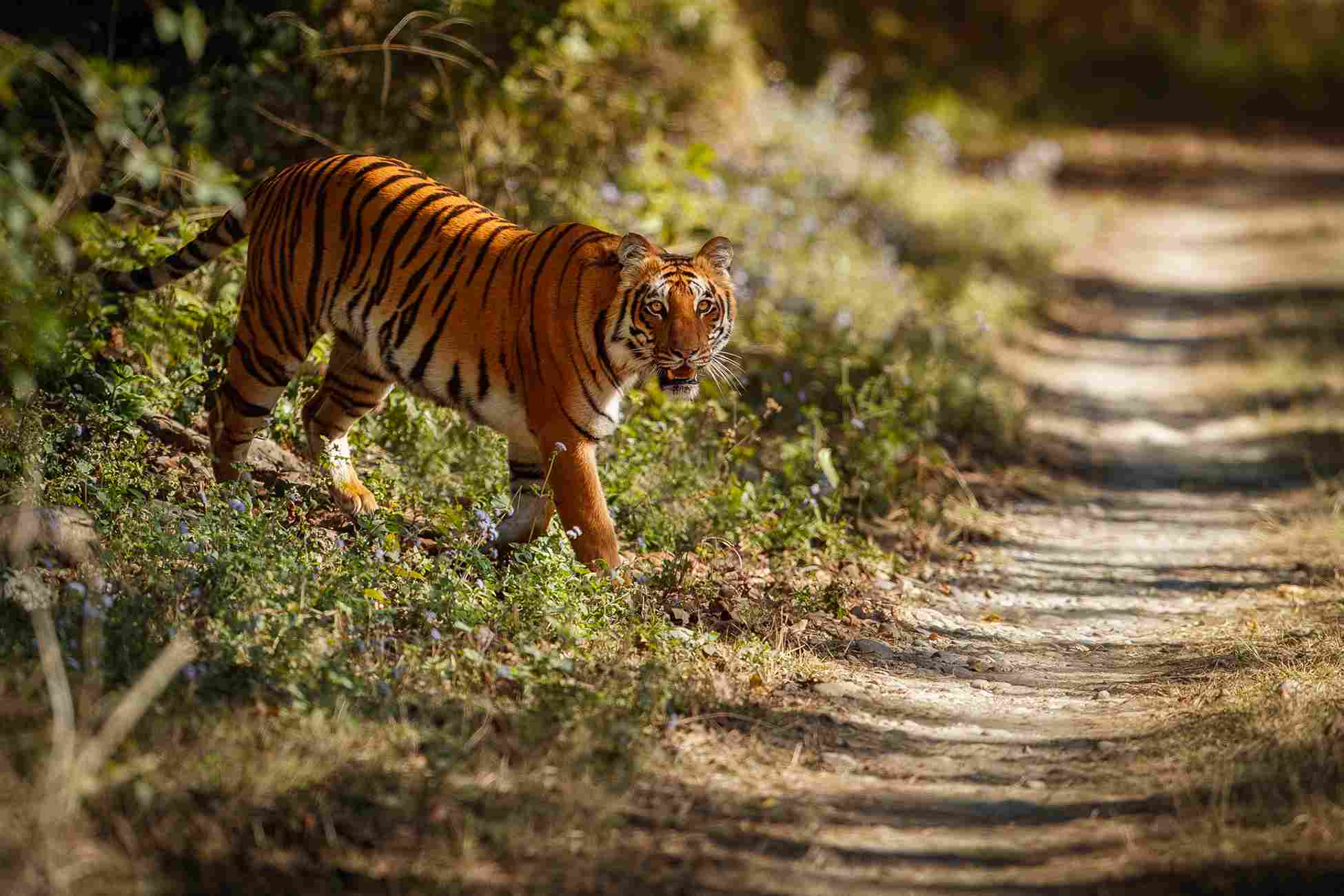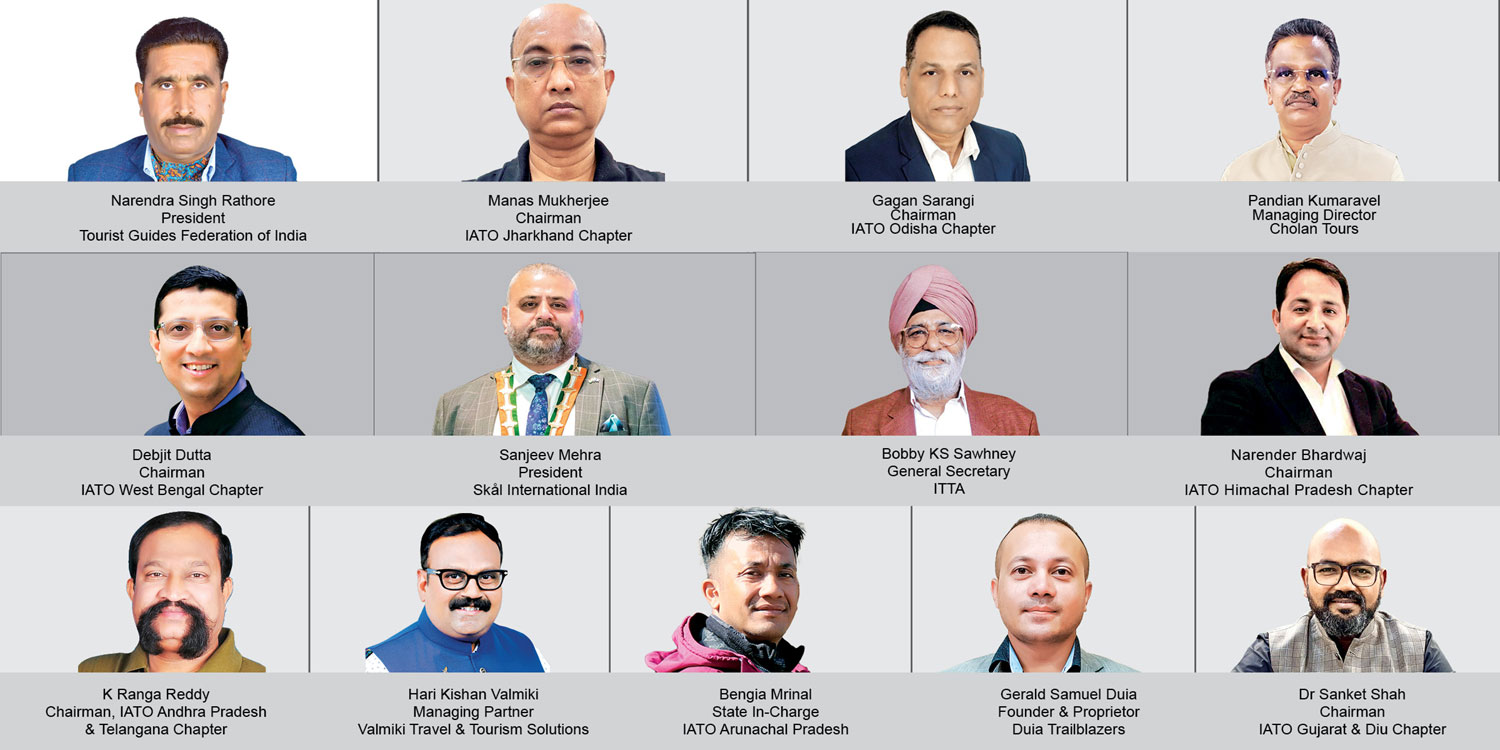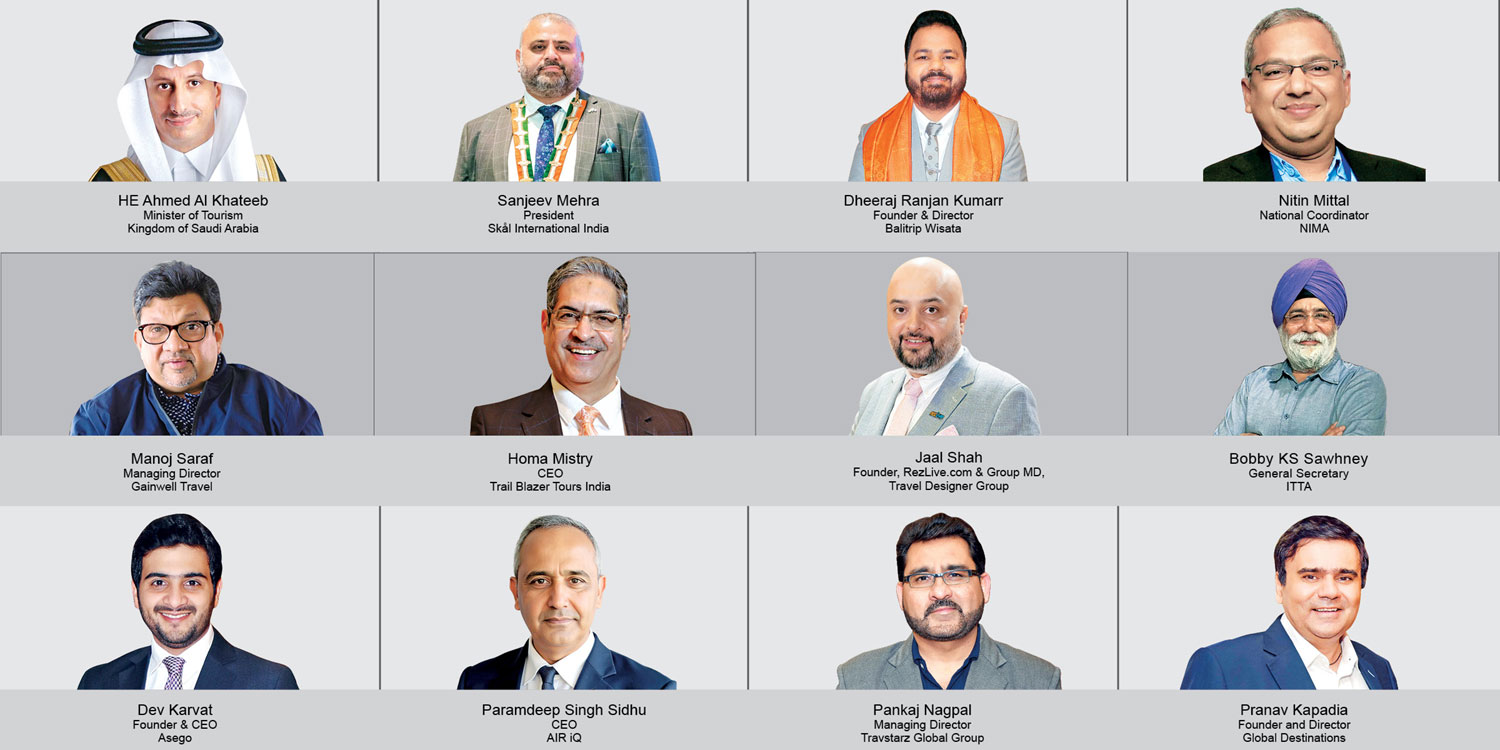The ‘Coolcations’ campaign, initiated by the Union Ministry of Tourism, not just promotes India’s diverse range of summer getaways but also aims to change the perception about India being a hot-weather destination. Experts in inbound tourism offer insights into the campaign’s impact, including the challenge to market India to tourists amid ongoing heat waves.
Janice Alyosius
As temperatures soar across India, the Union Ministry of Tourism’s groundbreaking initiative, Coolcations, is set to redefine the country’s summer tourism landscape. Launched amid concerns over rising heat waves, the campaign aims to promote cooler destinations, such as hill resorts and coastal havens, among domestic and international travellers.
Commenting on the campaign’s initial impact, Rajiv Mehra, Director, Uday Tours and Travel, says, “I have not seen much impact so far. Due to lack of publicity abroad, there is a need for extensive digital or electronic marketing highlighting places where people can visit during this period in India.”
Expressing his enthusiasm for the initiative, Ravi Gosain, Managing Director, Erco Travels, says, “It is a welcome move because it will motivate travellers to visit cooler places in India during hot summers.” Emphasising on India’s diverse landscape and variable climates, Gosain says, “India is a huge country with varied topography and different weather conditions. So, in my opinion, this kind of campaign will not only showcase India’s summer offerings but also change foreigners’ perception of India as a hot weather destination.”
Gosain anticipates positive outcomes from the campaign, foreseeing increased interest from inbound travellers for hill resorts and coastal areas offering attractive summer deals. “We need to consider the increasing number of domestic travellers heading to hill stations during summer, which can pose a challenge for inbound tourists seeking suitable accommodations. I suggest promoting lesser-known hill station retreats to inbound tourists to avoid domestic rush. There are beautiful hill resorts in Uttarakhand, Himachal Pradesh, and Central India that can be widely promoted,” he suggests.
Subhash Goyal, Chairman, STIC Travel & Air Charter Group, underscores the campaign’s strategic importance.
“India’s vast topography and varied weather conditions make this campaign crucial. It not only showcases India’s summer offerings but also challenges the perception of India as solely a hot-weather destination,” he says, adding that, “India has 74 per cent of the Himalayan mountains, and apart from Jammu & Kashmir, other destinations in Uttarakhand and the Northeast have not been properly marked or promoted. Even hill stations like Ooty and Kannur on the Western and Eastern Ghats have not been adequately promoted abroad. We need to promote ‘Coolcations’ or ‘Coolvacations’ more comprehensively throughout the year for effective results.”
According to EM Najeeb, Chairman, ATE Group of Companies and Managing Director, Airtravel Enterprises India, “The ministry has launched the campaign to counter the notion that India is too hot for summer travel and to promote destinations with cooler climates, such as hill resorts in the Himalayas.”
He emphasised on the campaign’s strategic role in attracting tourists despite the challenges posed by extreme heat waves across the country. “The campaign is marketed through various digital platforms and highlights India’s cooler destinations, including hill stations like Shimla, Manali, Darjeeling, and coastal areas, such as Goa and Kerala.”
He also pointed out the ministry’s proactive participation in international travel fairs and exhibitions to effectively promote these destinations globally.
Highlighting a significant shift in tourist behaviour, Najeeb said, “There has been a noticeable increase in demand for the cooler destinations. Tour operators and travel agencies have reported a surge in bookings for hill stations and coastal areas, as tourists seek to escape the intense heat of the plains. Overall, ‘Coolcations’ campaign seems to be effectively attracting tourists to India’s cooler regions.”
Manoj Matta, Director, Oriental Vacations and Journeys, adds a global context, saying, “Heatwaves are a global issue, and tourists are adapting by seeking cooler destinations. However, there is a need for comprehensive international marketing to effectively promote India’s ‘Coolcations’.”
He added, “Unfortunately, until now all marketing efforts of MOT were only focused on domestic tourists and our government has not finalised any roadmap yet to boost inbound tourism. With a budgetary allocation of merely Rs. 3 crore towards overseas marketing and promotions for FY 2024-2025, what kind of promotion can be expected in international markets?
“As far as domestic tourists are concerned, all our hills are flooded with tourists, though the global warming has also put a brake on this to an extent when you could see a temperature of 43°C in Dehradun.”
While challenges like timing and international outreach remain, the ‘Coolcations’ campaign represents a crucial step towards diversifying and sustaining India’s tourism industry. By promoting lesser-known hill stations and coastal retreats, the campaign not only supports local economies but also positions India as an attractive year-round destination. As India continues to adapt to climate change realities, initiatives like ‘Coolcations’ play a pivotal role in ensuring sustainable tourism growth while providing visitors with memorable and comfortable travel experiences.
 TravTalk India Online Magazine
TravTalk India Online Magazine





